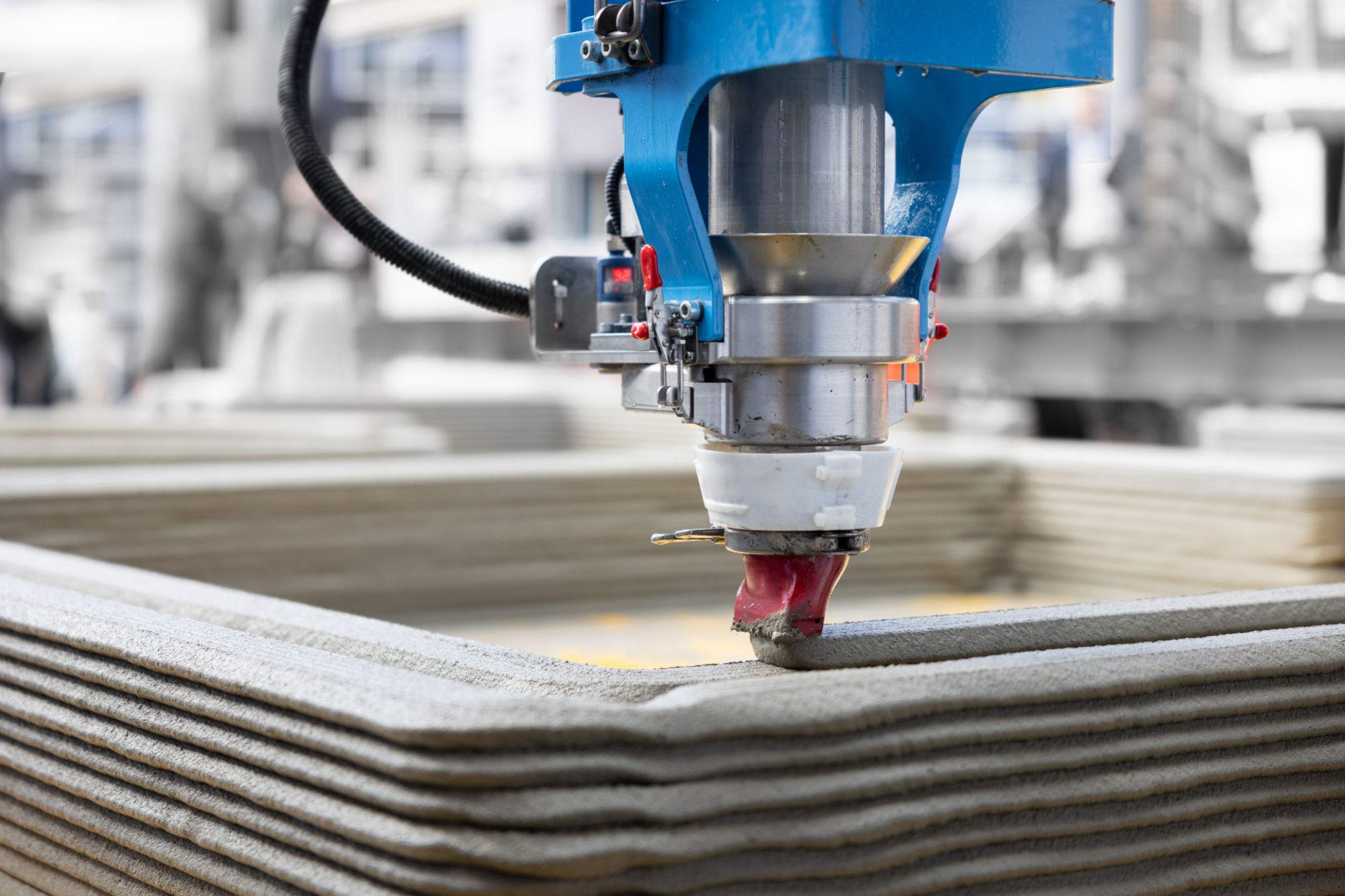Top Industrial Metal Fabrication Trends in California
Introduction to Metal Fabrication Trends
California's industrial metal fabrication sector is undergoing significant transformations. As technological advancements continue to reshape the landscape, companies are adapting to stay competitive. In this blog post, we explore the top trends shaping the industry in California, highlighting key innovations and practices.
Automation and Robotics
One of the most impactful trends in metal fabrication is the integration of automation and robotics. These technologies are streamlining production processes, enhancing precision, and reducing labor costs. By employing robots for repetitive tasks, companies can focus human resources on more complex operations, improving overall efficiency.
Automation not only accelerates production but also ensures consistency in quality. Advanced robotic systems can perform intricate tasks with precision, minimizing errors and material waste. This trend is essential for fabricators looking to optimize their workflow and reduce lead times.

Sustainable Practices
As environmental concerns gain prominence, sustainable practices in metal fabrication are becoming increasingly important. California, known for its stringent environmental regulations, is at the forefront of adopting eco-friendly methods. Fabricators are investing in technologies that reduce emissions, conserve energy, and recycle materials.
Moreover, the use of materials like aluminum and stainless steel is growing due to their recyclability and durability. Companies are also exploring techniques such as powder coating and water-based paints to minimize toxic emissions, aligning with California's sustainability goals.
Advancements in 3D Printing
3D printing is revolutionizing the metal fabrication industry by enabling the creation of complex geometries that were previously impossible or cost-prohibitive. This technology offers significant advantages in prototyping and producing custom components efficiently.

By reducing material waste and shortening production cycles, 3D printing is enhancing the agility of fabrication businesses. This trend is particularly beneficial for industries like aerospace and automotive, where precision and speed are critical.
Industry 4.0 and Smart Manufacturing
The concept of Industry 4.0, characterized by the integration of IoT and data analytics, is transforming metal fabrication facilities into smart factories. By leveraging real-time data, businesses can optimize production processes, predict maintenance needs, and improve resource management.
The adoption of smart manufacturing practices provides fabricators with a competitive edge, enabling them to respond swiftly to market demands and enhance product quality.

Skilled Workforce Development
As technology advances, the demand for a skilled workforce in metal fabrication grows. California companies are investing in training programs to equip workers with the necessary skills to operate sophisticated machinery and software.
Partnerships with educational institutions and apprenticeship programs are becoming more common, ensuring a steady pipeline of talent equipped to meet the industry's evolving needs.
Conclusion
The industrial metal fabrication industry in California is experiencing a dynamic shift driven by technological advancements and sustainable practices. By embracing automation, 3D printing, smart manufacturing, and workforce development, fabricators are well-positioned to thrive in a competitive landscape. Staying informed about these trends is crucial for businesses aiming to maintain a strong foothold in the market.
